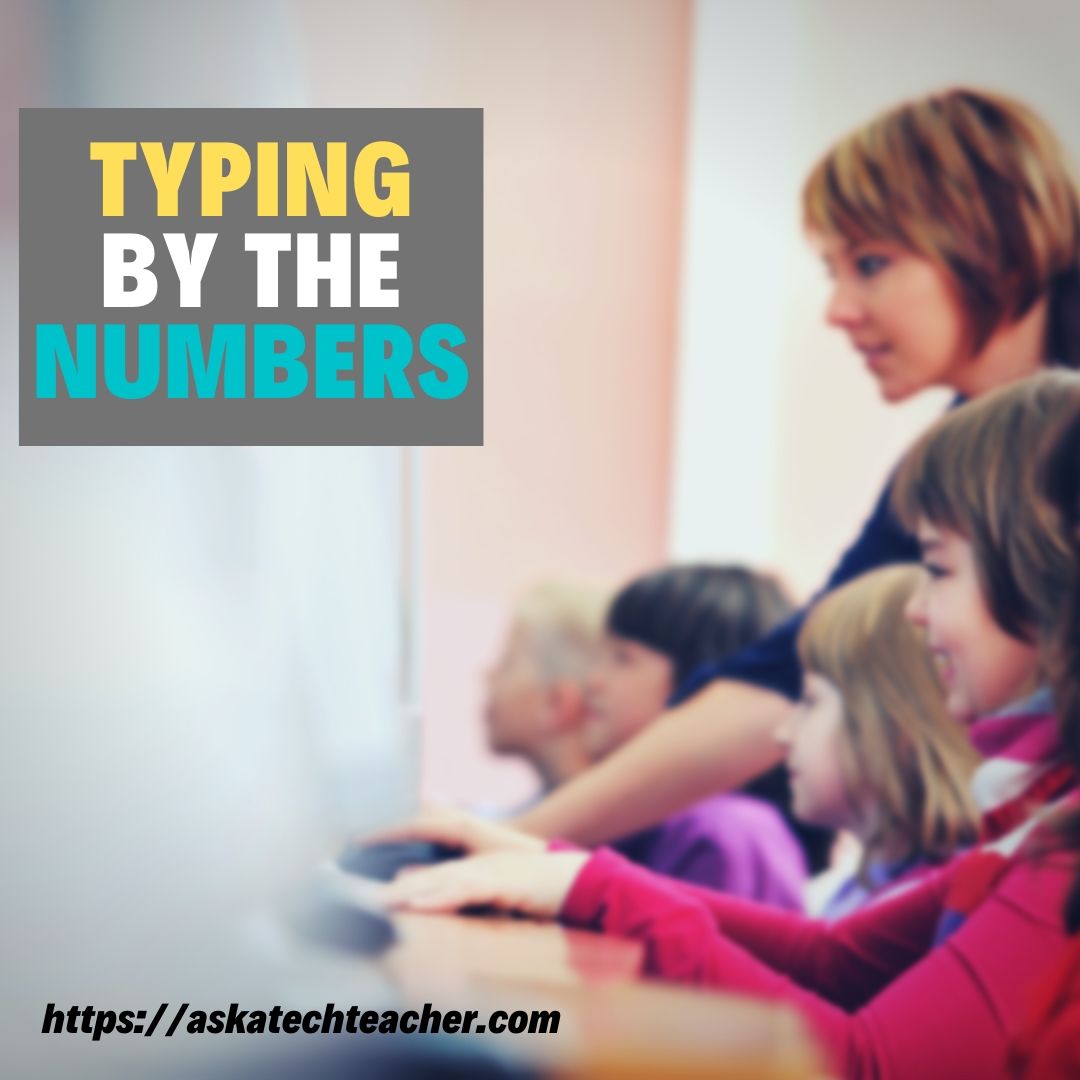 Dear Otto is an occasional column where I answer questions I get from readers about teaching tech. If you have a question, please complete the form below and I’ll answer it here. For your privacy, I use only first names.
Dear Otto is an occasional column where I answer questions I get from readers about teaching tech. If you have a question, please complete the form below and I’ll answer it here. For your privacy, I use only first names.
Here’s a great question I got from Rox who needs help motivating ‘android kids to take keyboarding skills seriously’:
My ‘cool’ grade 6 boys says keyboarding is for dinosaurs and won’t be relevant soon. Do you have some experienced answers I can give them.
Hi Rox
Keyboarding will not disappear fast enough to save your ‘cool’ students from note-taking on laptops, essays in high school that must be typed, college applications and college essays. Do they think Siri will take dictation? Or Dragon Speak? I suggest you sit them at a computer with Dragon Speak newly-installed and tell them to go at it. They’ll spend more time editing than they would have typing at 45-75 wpm—the speed that many middle school students can type. By the time keyboarding is no longer relevant, they’ll be well into the adult work-a-day world, wishing they’d learned to type (secretaries are dinosaurs for sure).
I tested my 3rd and 4th grade students on handwriting vs. typing. A bit of background—we introduce keyboarding in kindergarten—about ten minutes a week, 20 weeks, for the sole purpose of creating good habits (hands on home row, rudimentary knowledge of key placement, elbows at sides). We begin to focus on speed and accuracy in 3rd grade—about 20 minutes a week. That’s not a lot. Again, I want good habits to become ingrained so that by middle school, when students are ready to lay on the speed because they need it for school or life, their muscles respond.
I tested handwriting vs. keyboarding in 3rd and 4th grade, as a visible example to students of why they want to keyboard whenever they can. In 3rd grade, most students handwrite faster than keyboard, 18 wpm vs. 10-13 wpm. One year later—in 4th grade—handwriting and typing are the same speed—18-22 wpm (on average). That’s a lot of typing with nominal practice. The touch typing your ‘cool’ students eschew allows my students to write without thinking about how they are writing, freeing them to focus on what they are writing, on their ideas. Touch typing is an example of cognitive automaticity, the ability to do things without conscious attention or awareness.
Here’s a chart I found interesting:

Credit: Brenda Klockenga
‘Keyboarding’ average is high/low 120/33. Handwriting high/low is 31/22. Computer dictation high/low is 15/13. Your cool boys will never get close to communicating with handwriting or talking at the speed they can keyboard. They will be left behind.
For a unique keyboarding curriculum from Ask a Tech Teacher, click here.
To ask Otto a question, fill out the form below:
Jacqui Murray has been teaching K-18 technology for 30 years. She is the editor/author of over a hundred tech ed resources including a K-12 technology curriculum, K-8 keyboard curriculum, K-8 Digital Citizenship curriculum. She is an adjunct professor in tech ed, Master Teacher, webmaster for four blogs, an Amazon Vine Voice, CSTA presentation reviewer, freelance journalist on tech ed topics, contributor to NEA Today, and author of the tech thrillers, To Hunt a Sub and Twenty-four Days. You can find her resources at Structured Learning.



































